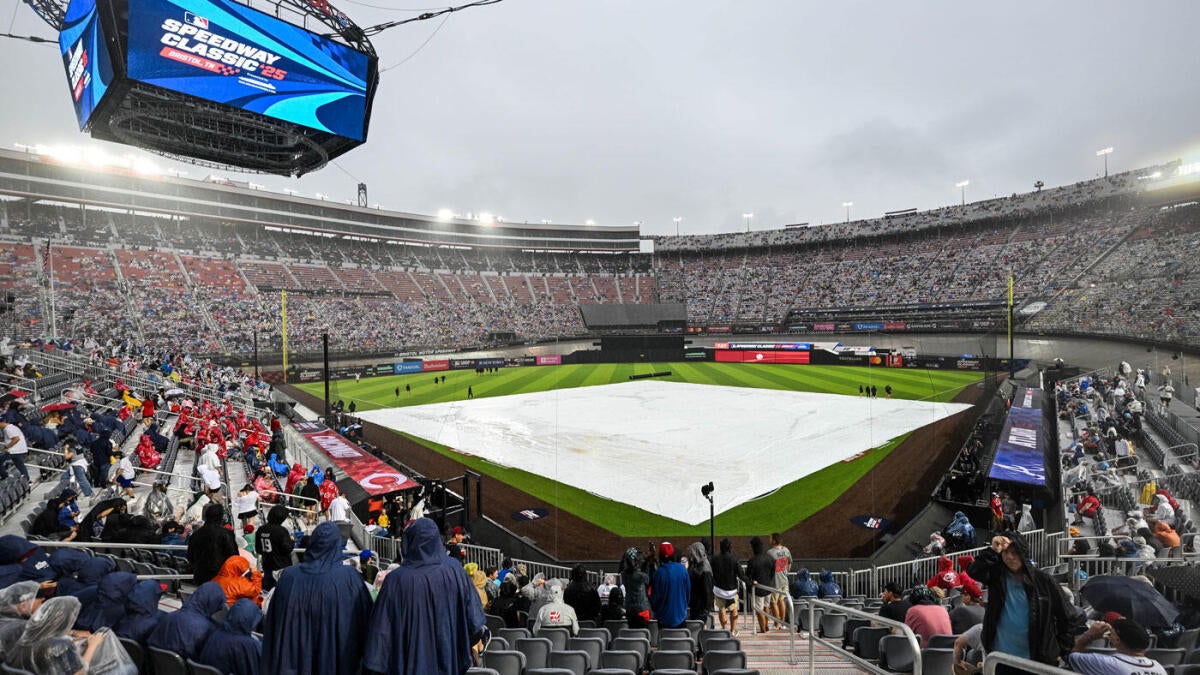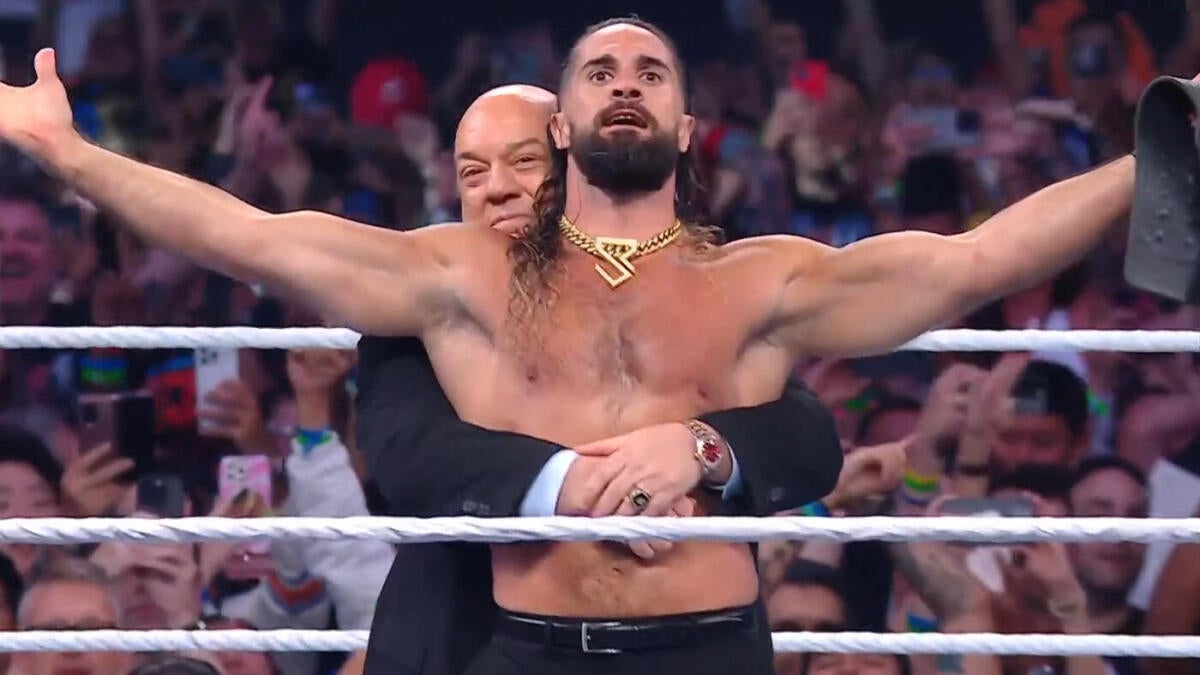A New Era Dawns: Analyzing the Commanders’ Stadium Deal and its Implications for D.C.
Introduction: A Vision for the Future
The Washington Commanders are on the brink of a transformative moment, one that extends far beyond the football field. The D.C. City Council’s approval of a $3.8 billion redevelopment project at the historic RFK Stadium site is a pivotal step towards urban renewal, economic revitalization, and a renewed connection between the city and its team. This project is not just about constructing a stadium; it’s about reimagining a community, fostering economic growth, and creating a legacy that will resonate for decades.
The Anatomy of the Deal: More Than Just a Stadium
The “RFK Campus Redevelopment Act of 2025” is a comprehensive plan that goes beyond the construction of a 65,000-seat stadium. It is a multifaceted development project designed to revitalize the area surrounding the stadium, creating a vibrant ecosystem of residential, commercial, and recreational spaces.
A Vision Beyond the Gridiron
The project’s vision is ambitious and far-reaching, encompassing several key components:
- State-of-the-Art Stadium: The centerpiece of the development, designed to offer a modern and immersive experience for fans. The stadium will feature advanced technology, improved seating, and cutting-edge amenities to enhance the game-day experience.
- Mixed-Use Development: The plan includes approximately 6,000 housing units, a mix of market-rate and affordable residences. This addresses the city’s pressing need for diverse housing options and promotes community growth.
- Commercial Spaces: Retail outlets, restaurants, and entertainment venues will create a dynamic destination that attracts visitors year-round, not just on game days.
- Green Spaces and Recreation: Parks, walking trails, and a dedicated kids’ sports complex will promote healthy lifestyles and community engagement, fostering a sense of belonging and well-being.
- Job Creation: The project is expected to generate thousands of jobs for D.C. residents, providing economic opportunities and stimulating local growth. This includes construction jobs during the development phase and permanent positions in the completed facilities.
Financial Implications and Long-Term Benefits
The D.C. Council projects that the redevelopment will generate over $674 million in tax revenue for the city over the next 30 years. This influx of capital could fund vital public services, improve infrastructure, and enhance the quality of life for residents. The financial benefits extend beyond tax revenue, as the project is expected to attract additional investment, create new business opportunities, and boost the local economy.
Navigating the Hurdles: Challenges and Controversies
While the initial approval marks a significant milestone, the path forward is not without its challenges. The 9-3 vote in the D.C. City Council reveals existing divisions, indicating that the final vote, scheduled for September 17, will require continued negotiation and compromise.
Funding and Financing
Securing the necessary funding for a project of this magnitude is a complex undertaking. The deal outlines a framework for public and private investment, but the specific allocation of funds and the terms of financing remain crucial details that need to be finalized. Ensuring transparency and accountability in the financial arrangements will be essential for gaining public trust and ensuring the project’s success.
Environmental Concerns
Developing on the RFK site raises environmental concerns, particularly regarding potential soil contamination and the impact on the Anacostia River. Addressing these issues through sustainable construction practices and environmental remediation efforts will be essential for gaining public support and ensuring the long-term health of the ecosystem. The project must prioritize green building practices, renewable energy sources, and responsible waste management to minimize its environmental footprint.
Community Engagement and Displacement
The redevelopment must prioritize community engagement to ensure that the project benefits existing residents and minimizes potential displacement. Affordable housing initiatives, job training programs, and opportunities for local businesses to participate in the development are crucial for fostering a sense of inclusivity and shared prosperity. Engaging with community leaders, residents, and stakeholders throughout the planning and implementation process will be essential for building trust and ensuring that the project meets the needs of the community.
The Commanders’ Perspective: A Return to Roots
For the Washington Commanders, the move back to D.C. represents more than just a change of venue; it’s a symbolic return to their roots. After years of playing in suburban Maryland, the team has the opportunity to reconnect with its core fan base and solidify its identity as a D.C. institution.
Enhanced Fan Experience
A state-of-the-art stadium offers the potential for a significantly enhanced fan experience. Improved seating, modern amenities, and cutting-edge technology can lead to increased attendance, higher revenues, and a more vibrant game-day atmosphere. The stadium can become a hub for community events, concerts, and other activities, further strengthening the connection between the team and its fans.
Brand Revitalization
The move back to D.C. provides the Commanders with a fresh start and an opportunity to revitalize their brand. By embracing the city’s culture and engaging with the community, the team can rebuild trust and foster a stronger connection with its fans. This includes supporting local charities, hosting community events, and creating initiatives that reflect the values and diversity of the city.
A Blueprint for Urban Redevelopment: Lessons and Implications
The Commanders’ stadium deal has the potential to serve as a blueprint for urban redevelopment projects across the country. By integrating sports facilities with mixed-use development, cities can create dynamic destinations that attract investment, generate economic activity, and enhance the quality of life for residents.
Public-Private Partnerships
The success of the RFK project hinges on effective collaboration between the public and private sectors. By aligning the interests of government agencies, developers, and community stakeholders, cities can unlock the potential for transformative urban renewal. Public-private partnerships can leverage the strengths of both sectors, ensuring that projects are financially viable, socially responsible, and environmentally sustainable.
Community-Focused Development
Prioritizing community engagement and ensuring that development benefits existing residents is essential for creating sustainable and equitable outcomes. Affordable housing, job training, and opportunities for local businesses are crucial for fostering a sense of shared prosperity and preventing displacement. Community-focused development ensures that the benefits of urban renewal are widely shared, promoting social cohesion and economic inclusion.
Sustainable Design and Environmental Stewardship
Incorporating sustainable design principles and prioritizing environmental stewardship are essential for minimizing the negative impacts of development and ensuring the long-term health of the environment. Green building practices, renewable energy sources, and responsible waste management are crucial for creating a more sustainable future. Sustainable design not only benefits the environment but also enhances the quality of life for residents, creating healthier and more livable communities.
The Final Score: A Legacy in the Making
The Commanders’ stadium deal is more than just a football project; it’s a catalyst for change. It’s a bold vision for urban revitalization that could transform the landscape of D.C. for generations to come. While challenges and controversies remain, the potential benefits – economic growth, community development, and a renewed sense of civic pride – are too significant to ignore. As the city prepares for the final vote, the hope is that this project will not only bring the Commanders back home but also usher in a new era of prosperity and opportunity for all residents of the District of Columbia. The final score remains to be seen, but the game is certainly underway, and the stakes are incredibly high. This project has the potential to leave a lasting legacy, one that extends far beyond the football field and into the heart of the community.












